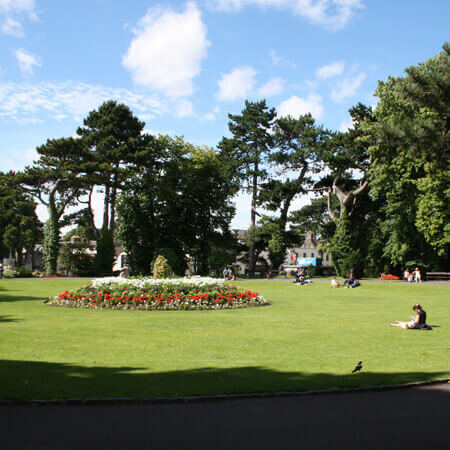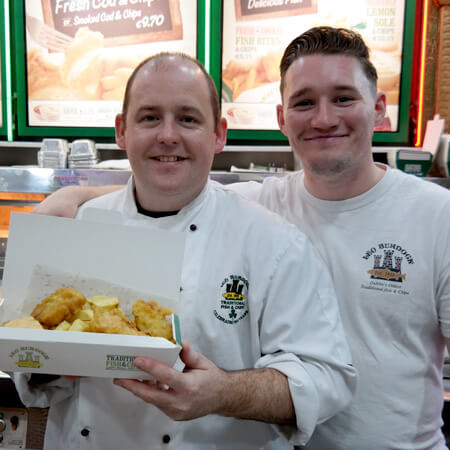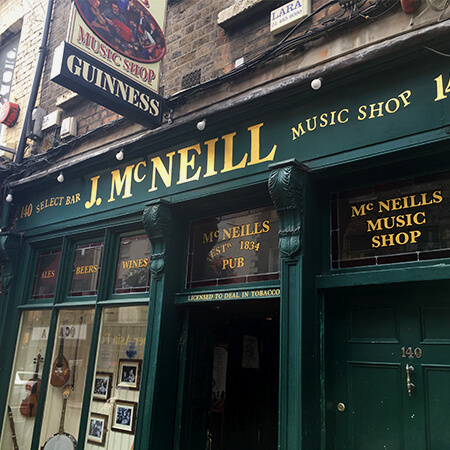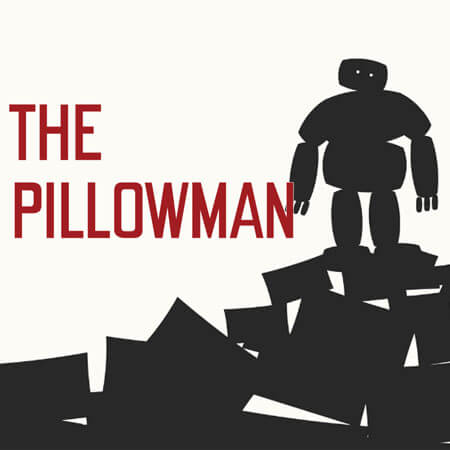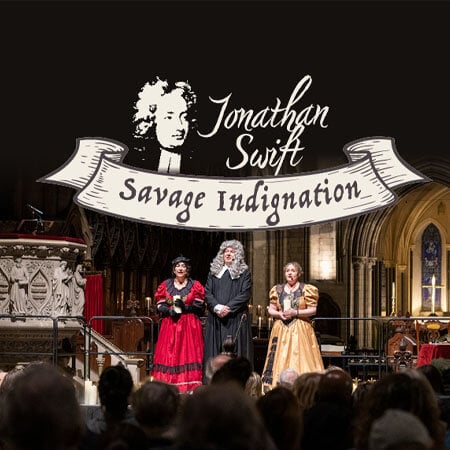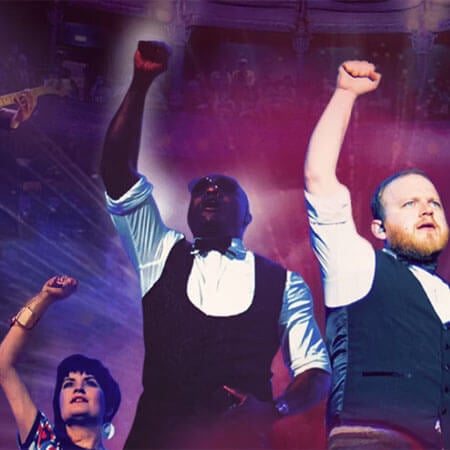The Liberties in Dublin is one of Ireland’s oldest and most vibrant neighbourhoods and, for Amy Sergison, it’s part of her family history. She revisited the area to explore its evolution.
A local’s guide to The Liberties
The Liberties is one of Dublin’s oldest neighbourhoods having been around in one way or another since the 12th century. In my memory, this is where my Nana lived and my Dad grew up.
A neighbourhood full of nostalgia
I have very fond memories of visiting my Nana on Basin Street. We would know we were close in the car, even if our eyes were closed, because we could smell the hops from Guinness.
I remember Greta’s shop (sadly, it’s gone today), where the floor sparkled like diamonds and jars filled with sugar barley stood tall on top of glass counters filled with treats. I’m sure there were essentials like bread, milk and lightbulbs too, but I only had eyes for the sweets.
Making new memories
Coming back today, so much has changed, but so much is still the same. The Liberties is still full of the same distinctive atmosphere and its cast of charming characters remains in place – albeit with a few more hipsters in the chorus.
This is the real Dublin: historic, yet modern, and a bit rough around the edges. There are tourist staples to be seen – the Guinness Storehouse, Christ Church and St. Patrick’s Cathedral. However, alongside them, new distilleries, markets, cool pubs and hip cafés now sit comfortably too.
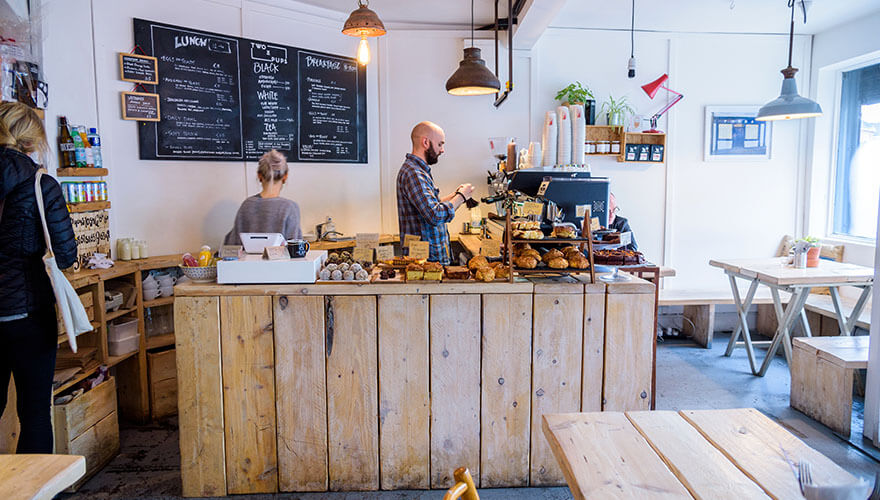
If you can’t function without your morning coffee or that millennial favourite, avocado toast, look no further than Two Pups Coffee on Francis Street. This spot is living up to its hype. It serves rich coffee, delicious food and hosts yoga classes upstairs, in case you’re feeling flexy after your caffeine fix.
The Liberties have obvious connections to brewing through Guinness but the area’s links to distillation may be less well known. The Teeling Distillery, now located in New Market Square, has links to the area since the 18th century when it was part of Dublin’s Golden Triangle. This was an area of the Liberties that was home to the world’s biggest whiskey distillery, as well as countless smaller distillers.
Today, Teeling prides itself on blending the science of distillation with the art of cask selection to create whiskey worthy of the area’s heritage. Distillery tours run daily from 11am – 5:40pm.
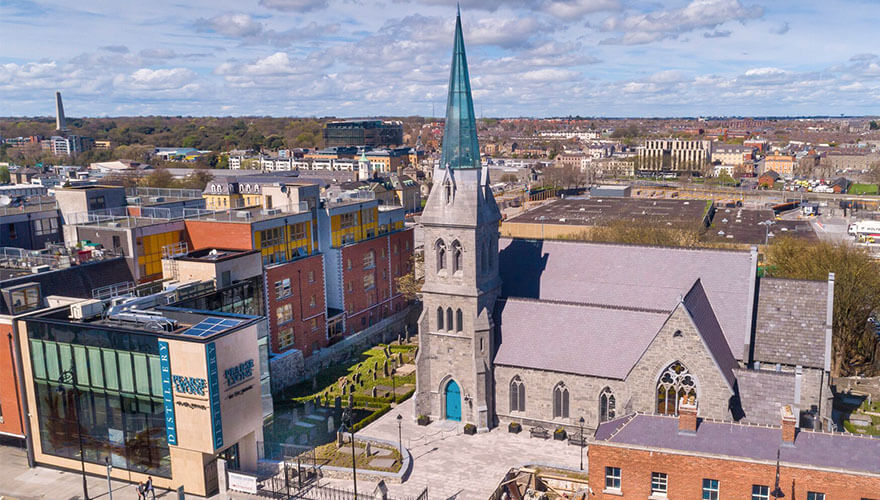
The most recent addition to the area’s distilling culture is the Pearse Lyons distillery. Transforming the former St. James’ Church, its glass steeple and bespoke stained glass windows alone are worth a visit.
Tours here run on the hour and it also offers more intimate experiences, like whiskey and food pairings or cocktail classes.
The buzz in Liberty Market is unlike anywhere else in the city.
The Liberties is a haven for those who want to shop locally. The famous Liberty Market has been around since 1973 and is known for its “real bargains and real people”. It is among the best markets in Dublin.
The buzz here is unlike anywhere else in the city. The stallholders vary from permanent fixtures to recent immigrants. Each of them has a smile for every customer and a story to tell.
